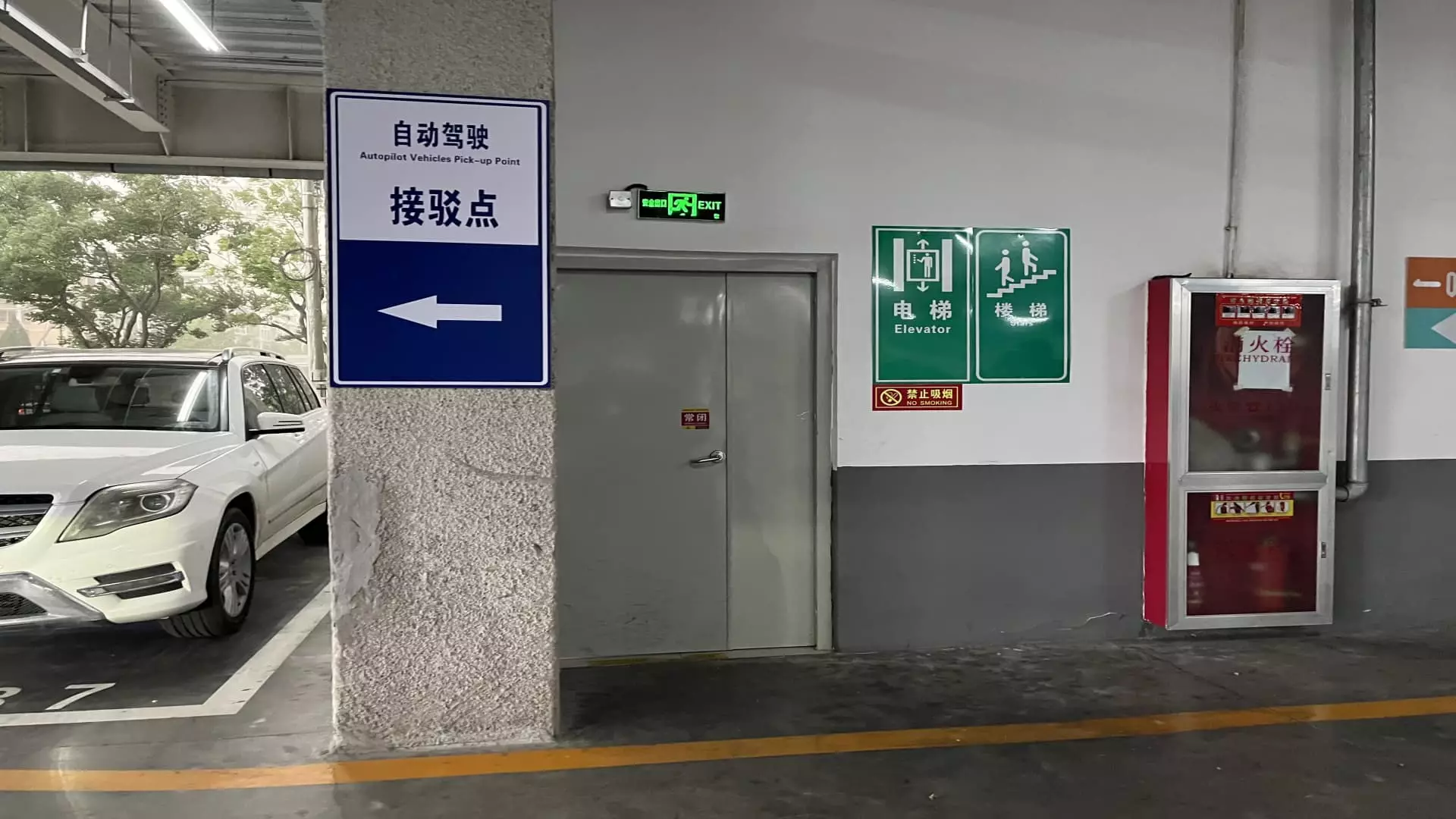Over the past three years, Beijing has made significant strides in allowing robotaxis to operate closer to the heart of the city. This latest development involves the testing of robotaxis with human staff onboard along a 40-minute route between the Beijing South Railway Station and the suburb of Yizhuang. According to Ning Zhang, the vice president at Pony.ai, the route is expected to open to the public for robotaxi service in the coming weeks pending government permits. By the end of this year or early next year, the route is projected to become fully driverless, with no human staff onboard.
The expansion of robotaxi operation from the outskirts of Beijing towards the city center signifies a shift in perception about the limitations of autonomous vehicles in the capital. With the Yizhuang suburb lying outside the fifth ring road and the Beijing South Railway Station inside the third ring road, there was previously a belief that robotaxis would not be permitted past the fifth ring road. However, Zhang emphasized that this outdated boundary is being broken, marking significant progress in the city’s autonomous transportation initiatives.
Looking ahead, Zhang anticipates further expansion of robotaxi operations in Beijing. By the end of this year, he expects the city to allow robotaxis to operate around Beijing Capital International Airport to the north. Subsequent plans include extending operations to the city’s other railway stations. Pony.ai is preparing for a future where more than 50 fully driverless taxis will operate in Beijing by the end of the year, with projections for a fleet of 1,000 vehicles by 2025. Collaboration with Toyota for mass production is part of the startup’s strategy to scale up its operations.
The success and growth of the robotaxi industry in Beijing and beyond are contingent on regulatory support and industry collaboration. Zhang believes that once there are 500 to 1,000 robotaxis operating in a city, the operation can break even financially. With scale, he foresees exponential business growth in the coming years. While global interest in robotaxis is rising, with companies like Alphabet’s Waymo and Tesla entering the market, Zhang remains focused on the potential for transportation transformation with the advancement of autonomous technologies.
In the nascent stage of the robotaxi industry, fierce competition among Chinese operators, such as Baidu’s Apollo Go, AutoX, and WeRide, is not expected in the near future as the industry gains traction. Baidu reported an increase in rides for Apollo Go in the first quarter, indicating growing consumer acceptance of autonomous ride-hailing services. With plans to narrow losses and introduce cost-effective robotaxi vehicles, companies like Baidu are positioning themselves for long-term success in the evolving market landscape.
As Beijing continues to pave the way for autonomous transportation systems, the prospects for robotaxis in the city and beyond appear promising. The collaboration between tech companies, automakers, and regulatory authorities will be crucial in shaping the future of autonomous mobility. With advancements in technology and a shift towards sustainable and efficient transportation solutions, the era of robotaxis operating seamlessly in urban environments may soon become a reality.


Leave a Reply